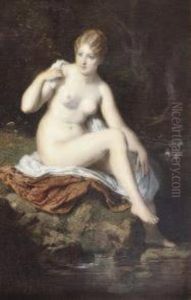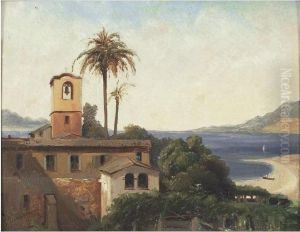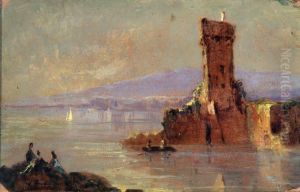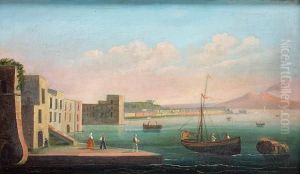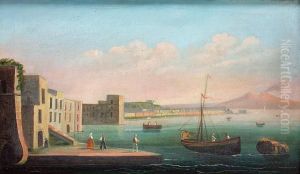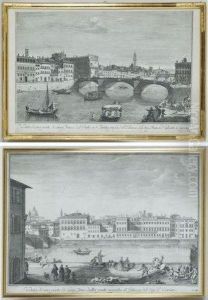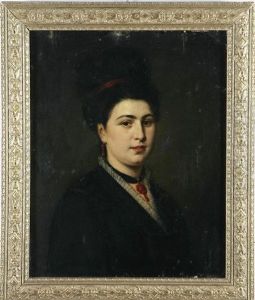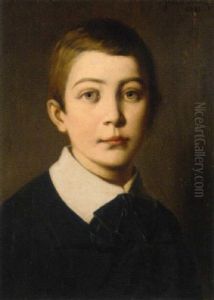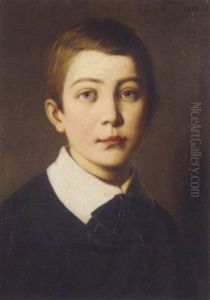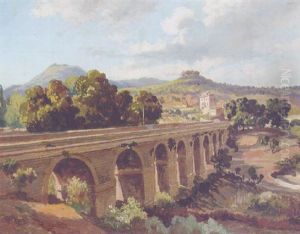Vincenzo Franceschini Paintings
Vincenzo Franceschini was an Italian painter born in 1688 in Bologna, a city known for its vibrant artistic community during the Baroque period. Franceschini was part of an era that saw the flourishing of Baroque art, with its emphasis on dramatic expression, rich coloration, and bold manipulation of light and shadow. His life and career were deeply interwoven with the artistic traditions and innovations of his time, making him a noteworthy figure in the history of Italian art.
Franceschini's artistic journey began in the bustling art scene of Bologna, where he was initially influenced by the works of the Carracci family, Ludovico, Annibale, and Agostino, who had played a significant role in the development of the Baroque style. However, Franceschini's style evolved as he absorbed influences from other prominent artists of his time, including Guido Reni and Guercino, further enriching his approach to painting. Despite these influences, Franceschini developed a distinctive style characterized by graceful figures, delicate coloring, and a serene, often idyllic quality that set his work apart from the more dramatic and intense compositions of his contemporaries.
Throughout his career, Franceschini was primarily known for his religious and mythological scenes, executed with a refined and elegant touch. His works were sought after by religious institutions as well as by private patrons, who appreciated his ability to imbue traditional themes with a fresh and delicate sensibility. Franceschini's contributions to the decoration of palaces and churches in Bologna and its surroundings were significant, and his frescoes and altarpieces can still be admired in various locations, showcasing his skill in handling large-scale compositions as well as more intimate canvases.
Vincenzo Franceschini's death in 1769 marked the end of a long and productive career. Despite the changing tastes and styles that characterized the 18th century, Franceschini's work remained a testament to the enduring appeal of the Baroque tradition, bridging the gap between the high drama of the early Baroque and the more light-hearted and decorative approaches that followed. Today, Franceschini is remembered as a key figure in the Bolognese school of painting, contributing to the rich tapestry of Italian Baroque art with his unique blend of elegance, grace, and artistic skill.
